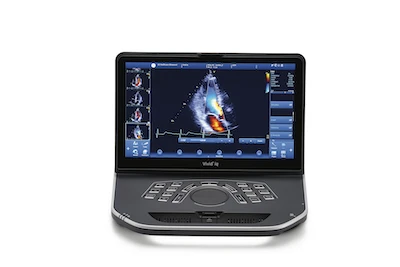Ultrasound technology is a pivotal diagnostic tool in veterinary medicine, offering clinicians unparalleled insights into animal health. As the second most popular imaging modality in veterinary practice, ultrasound continues to evolve, with recent advancements enhancing diagnostic precision and efficiency. However, with a plethora of ultrasound systems available, selecting the right one can take time and effort. Here are six crucial features to guide your decision-making process:
- Image Resolution: The ability to discern fine details and differentiate between tissue densities is paramount in ultrasound imaging. Look for systems with superior spatial and contrast resolution capabilities to ensure clear and accurate diagnostic imaging.
- Automatic Image Optimization: Automatic optimization features simplify the imaging process and streamline examinations by fine-tuning image quality with minimal user input. This facilitates faster diagnoses and improves overall workflow efficiency.
- User-Friendly Design: Ease of use is essential in maximizing the utility of ultrasound systems. Look for intuitive interfaces, ergonomic hardware designs, and convenient features such as swivel monitors and customizable presets to enhance user experience and productivity.
- Comprehensive Reporting: Modern ultrasound systems offer onboard reporting functionalities, allowing for the creating of detailed and customizable diagnostic reports. Cloud integration enables seamless collaboration and report sharing with colleagues and pet owners, enhancing communication and treatment planning.
- Onboard System Training Tools: Advanced ultrasound systems integrate technology designed to enhance examination efficiency and provide training guidance. These tools should be user-friendly and offer swift feedback to ensure accurate imaging views are captured successfully.
- Specialized Applications: Consider your practice’s specific needs and the range of applications required. Whether performing echocardiography, equine imaging, or other specialized studies, ensure that the ultrasound system is equipped with the necessary features and transducers to support these applications effectively.
In Conclusion, while budget considerations are essential, prioritizing features that align with your practice’s specific needs is paramount when selecting veterinary ultrasound equipment. Recent advancements in ultrasound technology have made systems more versatile, user-friendly, and diagnostically powerful, allowing veterinarians to deliver faster and more accurate diagnoses across a range of specialty niches. By investing in the right ultrasound system, veterinary practices can enhance clinical outcomes, expand service offerings, and ultimately improve patient care.

